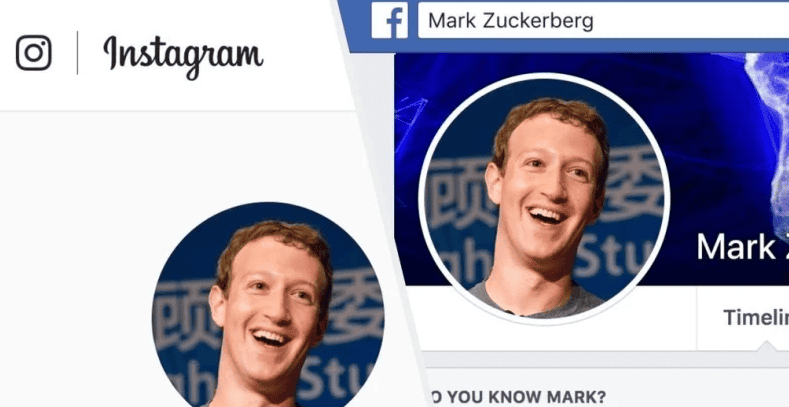
Scarred by a seemingly endless parade of scandals and troubled by an ongoing decline in usage among teens and millennials, Facebook’s leadership seems to be trying to recreate its flatlining social network on Instagram, its younger, hipper, money-making, and still relatively scandal-free arm.
Instagram has been growing rapidly, perhaps as people gravitate toward its simpler, selective focus over Facebook’s maximalist share-all-share-everything platform that mixes in a flurry of life updates, articles, birthday notifications, and whatnot. Instagram is a single, cohesive stream of photos and videos. But that’s been changing, and given a handful of announcements at the company’s F8 developer conference today, the transformation looks to be picking up speed.
Since its acquisition by Facebook in 2012, Instagram has been steadily porting over Facebook features: video, tagging, albums, advertising, and private messaging. With stories, it has cloned ephemeral photo and video sharing from its primary competitor, Snapchat.
Today, the Facebook-ization of Instagram seems inevitable based on changes announced at F8 today. Instagram head Adam Mosseri introduced “create mode,” a new stories format made just for text, quizzes, polls, and all of Instagram’s other features not related to photos or videos. It’s essentially a dupe of Facebook’s color block statuses launched in 2017.
Another new Instagram feature: “Donation stickers,” which allow users to raise money for charity through stories. On Facebook, users have been able to fundraise for nonprofits since 2015, and have collected over $300 million just through birthday fundraisers alone as of August 2018.
Instagram has also added ways for people to spend more money on the platform. Last month, users could start buying products from certain brands directly on the app through shopping tags, which are like Facebook’s “Shop Now” ad modules, except they don’t look like ads. Today, Instagram said select influencers could start adding those shopping tags to their posts. (An Instagram spokesperson clarified that influencers would not get a cut of any revenue generated from those shopping tags.)
One of Facebook’s most active features — groups — isn’t officially on Instagram, but that hasn’t stopped its users from creating ad hoc, group-esque pages on the social network anyway. It seems only a matter of time until groups are added to Instagram as well.
In the aftermath of a truly scandal-riddled 2018, it makes sense that Facebook would look for shelter and opportunity in another of its core brands — particularly one that’s growing so quickly.
Recall that Facebook’s user base in the US has declined by 15 million people since 2017, according to survey data by market research firm Edison Research. And people are spending less time on Facebook and Messenger — about 10% less time per person between August 2016 and October 2018, a Pivotal Research study found (That said, Facebook’s monthly active users in 2018’s fourth quarter increased by 9% year-over-year to 2.32 billion people, but that was mainly fueled by growth Asia and Latin America).
Meanwhile, Instagram’s growth is exploding. Last June, the app reached 1 billion monthly active users, 200 million more than the year before, which gained 200 million more users than the year before that. Facebook’s and WhatsApp‘s user bases may be much larger (over 2 billion and 1.5 billion, respectively), but Instagram still outperforms them on one key metric — growth. Soon, Instagram will account for the majority of Facebook’s new advertising revenue: nearly 70% by 2020, according to KeyBanc Capital Markets estimates. Why not trick it out with features similar or identical to the ones that undergirded Facebook’s growth?
Perhaps most importantly, Instagram has largely escaped the outrage lobbed at its larger sibling over the last year. Sure, it’s grappled with misinformation as well, but it doesn’t have anything close to the baggage that Facebook does.

